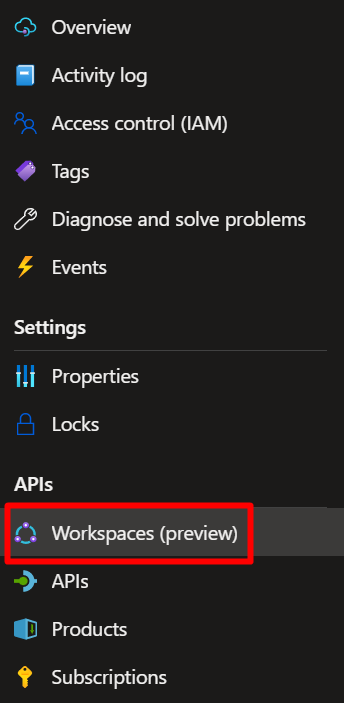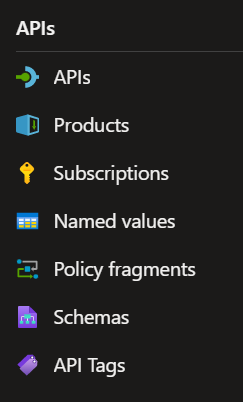Azure API Management (or APIM) is a service that allows users to define, manage, secure, and monitor APIs in a unified interface. APIM offers various advanced features such as caching, logging, data transformation for both input and output, and more recently, the management of Workspaces. In this article, we will delve into understanding Workspaces in APIM. We will analyze the different facets of this feature, demonstrating how it can be beneficial for both users and developers.
APIM features dedicated Workspaces as work areas. They allow multiple team members to collaborate on specific projects. Each Workspace contains resources related to an API project, allowing centralization of multiple resources in one Workspace. However, it’s essential to note that currently, Workspaces are still in “preview” mode. This means they are in development and might change or even be removed.

It’s challenging for developers using API Management to share the management of multiple API instances among several teams. This is especially true for specific cases of rights separation or organization of the developer portal, but the issues can be broader.
Workspaces address this problem by introducing a range of features within a new resource in APIM. This notably allows for more effective management of responsibilities across different APIs.
Workspaces in Azure API Management offer several advantages to facilitate collaboration and management of API projects within an organization :


Since Workspaces are in preview, there are several potential areas of improvement to make them more efficient and user-friendly, here are a few :

We don’t find the Workspace name in the above URL, only the APIM, API, and Operation. This is an advantage for the user. However, you cannot name two APIs in the same way in two different Workspaces. This can be impactful for a developer who only has access to one Workspace among many Workspaces present on the same API Management.
We have defined what Workspaces are in APIM and listed both their advantages and areas for improvement. While Workspaces show promise, they are still in preview, so it’s essential to stay updated on any developments Microsoft might introduce in the future.
If you want more information related to Workspaces or API Management, here are some links :